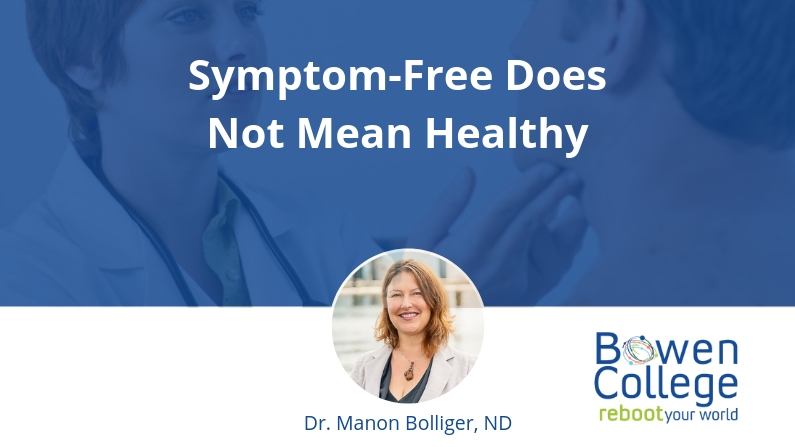In my last post I contrasted mainstream health institutions’ attitude to health with the definition of the World Health Organization: “complete physical, mental and social well-being and not merely the absence of disease or infirmity.”
It is evident that patients with a broader definition of health, more aligned with the WHO perspective, will look for treatments and health care with a broader scope, reflecting their attitude towards health.
If you see health as simply the absence of symptoms, then quick fixes that get rid of the symptoms without addressing the cause are just as good as treatments that get rid of the symptoms and do address the cause, giving you back your vitality.
If your goal is to get rid of symptoms, then palliative drug therapy becomes a valid choice, but if the patient is looking for real health, then a different process is needed.
Most of North America defines health as an absence of symptoms. So long as there are painkillers, we kill the pain ― whether it is emotional or physical. Many patients have learned to accept that “covering it up” is good enough or that it is all that is available.
In fact, the health care system we have created today is based on the “symptom-free” definition of health. The goal is to get rid of the symptoms. The immediate result of getting rid of symptoms may be the ability to function, but functioning is not health from every perspective.
This is a vitally important distinction to make if we’re concerned with health as deep well-being. In my next post we’ll start a discussion of how to implement this distinction with some examples that illustrate the point.









